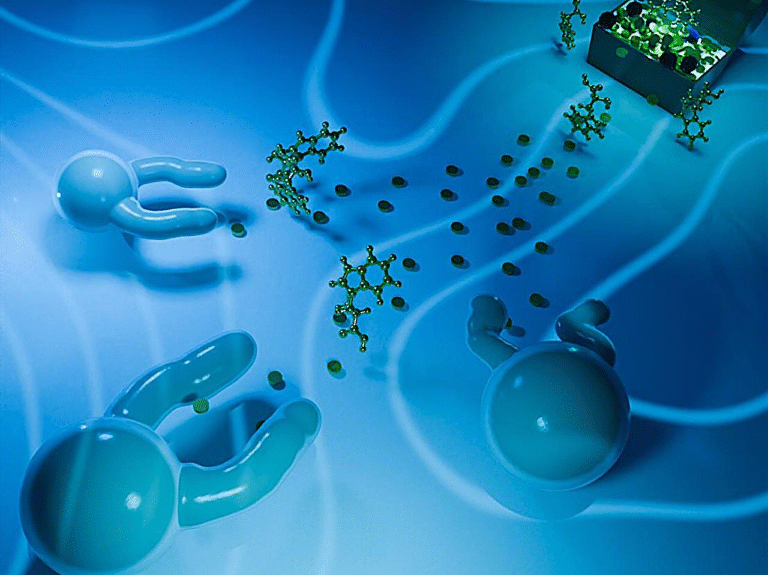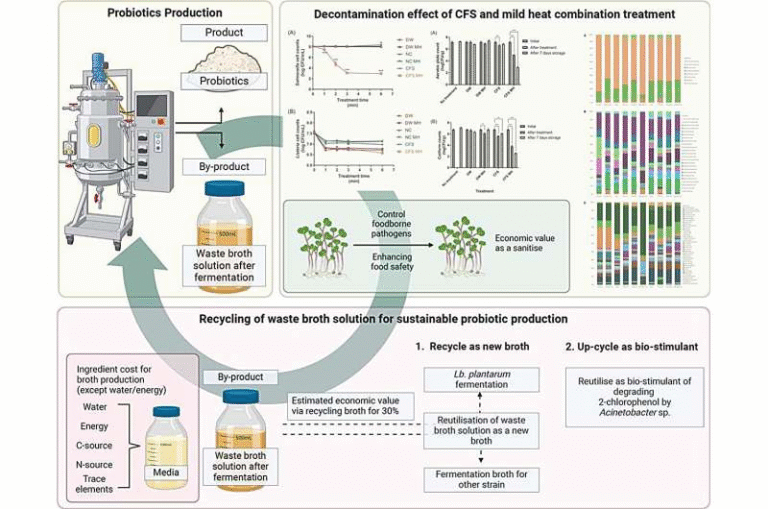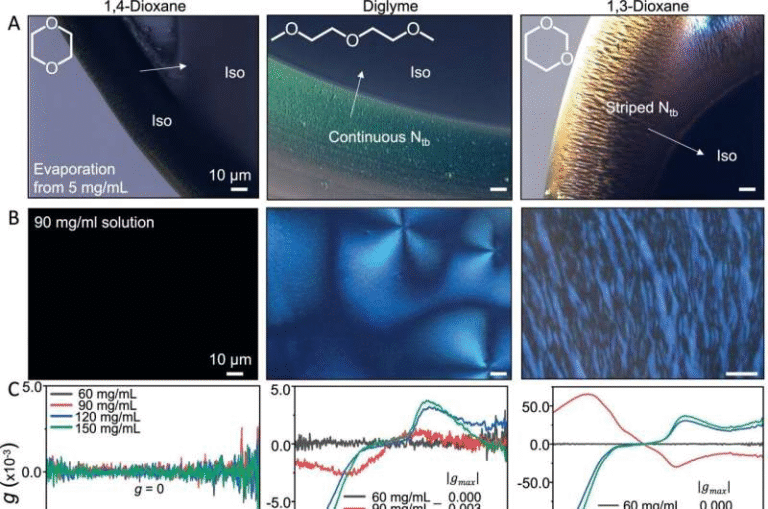Self-Cleaning Menstrual Cup With Biodegradable Absorbent Tablet Could Make Period Care Easier and More Sustainable

A team of researchers from McMaster University in Canada has come up with a fascinating update to the classic menstrual cup, combining self-cleaning technology with a plant-based absorbent tablet. Their goal is simple but impactful: to make menstrual cups more hygienic, easier to use, and friendlier to the planet. The study, published in ACS Applied Materials & Interfaces (2025), details how these upgrades could remove some of the biggest barriers to menstrual cup adoption.
Why Menstrual Cups Matter
Menstrual cups have been around for decades, and for many, they’re a game-changer. These small, reusable silicone devices collect menstrual fluid rather than absorbing it, which means they can be worn longer than tampons, often up to 12 hours. They’re more sustainable because one cup can last for years, saving hundreds of disposable pads and tampons from ending up in landfills.
Globally, it’s estimated that nearly 2 billion people menstruate, and the demand for reusable, eco-friendly options—like cups, discs, and period underwear—is growing fast. But despite their clear advantages, menstrual cups are still not used as widely as one might expect.
The main reasons? Cleaning, spillage, and comfort. Users often complain that emptying the cup can be messy, and sanitizing it (usually by boiling) feels inconvenient, especially in places with limited access to clean water. These challenges have discouraged many from switching to a more sustainable alternative.
That’s the exact problem the McMaster team set out to fix.
What the Researchers Did
The research team, led by Zeinab Hosseinidoust and Tohid Didar, both experts in biomedical and mechanical engineering, designed a two-part solution to enhance usability and hygiene:
- A self-cleaning silicone oil coating for the cup
- A biodegradable, absorbent tablet made from plant fibers
Together, these two improvements aim to make menstrual cups more hygienic and less messy—without compromising comfort or sustainability.
The Self-Cleaning Cup Coating
The first innovation was to coat a regular medical-grade silicone menstrual cup with a thin layer of silicone oil. This created a lubricant-infused surface, meaning blood and other fluids are less likely to stick to the material.
In lab tests, the team compared three different menstrual cups made of silicone. The one infused with silicone oil performed the best: it repelled E. coli bacteria significantly better than the other two. The coating also made cleaning easier—blood simply slid off the surface instead of clinging to it.
According to the researchers, this means users might not need to boil the cup between uses anymore. Instead, a quick wash with soap and water could be enough to keep it clean. That’s a major advantage, especially in areas where boiling water is not always accessible.
The team also coated the outer surface of the cup with silicone oil, which further helped prevent residue buildup. This outer coating could reduce the time and effort needed for cleaning and sterilizing.
The Absorbent Tablet Inside the Cup
The second part of the innovation is perhaps even more creative: a plant-based absorbent tablet that sits inside the cup.
To make it, the researchers used alginate, a natural polymer extracted from brown algae, and linked the fibers together using calcium chloride. The result was a soft, white fibrous material that could absorb fluid efficiently.
They pressed the fibers into small, teardrop-shaped tablets weighing about 1 gram each—perfectly shaped to fit inside a menstrual cup.
In lab tests, each tablet absorbed 15 milliliters of whole human blood over 8 hours, which happens to match the capacity of an average menstrual cup. That’s a clever design detail because it means the tablet can handle a typical full use cycle without overflowing.
The tablet also proved to be biocompatible. In tests using human plasma, it clotted the fluid within 16 minutes—a promising sign that it could function safely with real menstrual blood. Moreover, when placed in petri dishes, it neither encouraged nor inhibited bacterial growth, which suggests it won’t disrupt the body’s natural microbiome.
Another neat feature: the tablet dissolves naturally over about four days in a water-based salt solution, breaking down into harmless, biodegradable compounds. That means it’s both safe for the user and gentle on the environment.
How the Two Designs Work Together
The researchers envision users inserting one of these absorbent tablets into the silicone oil-coated menstrual cup before use. During menstruation, the tablet would gradually absorb fluid, reducing the risk of spills when removing the cup. Meanwhile, the lubricant coating would prevent residue from sticking, making it easier to clean afterward.
Together, these innovations target the two main pain points for users—cleaning and spillage—while keeping the product sustainable and affordable.
The Bigger Picture: Sustainability and Accessibility
Menstrual waste is a serious environmental problem. The average person who menstruates uses around 10,000 disposable menstrual products in their lifetime, and most of them contain plastic components that take centuries to decompose.
Reusable cups drastically reduce this footprint, but barriers to adoption—like hygiene concerns—still persist. That’s why this new design is important. By making cups safer, cleaner, and easier to handle, it could encourage more people to make the switch.
There’s also a global health equity angle. In many low- and middle-income regions, people have limited access to disposable menstrual products or facilities to clean reusable ones properly. A self-cleaning cup that doesn’t require boiling and an absorbent insert that’s biodegradable could make menstrual care more accessible, dignified, and sustainable for millions.
What’s Next for the Researchers
While the early lab results are promising, the study is still in the proof-of-concept stage. The next steps involve:
- Testing how well the cup and tablet perform in real-world conditions, not just controlled lab setups.
- Exploring whether the fibers can be mass-produced efficiently and whether the tablets are flushable or need special disposal methods.
- Checking the long-term durability of the silicone oil coating over repeated use and washing cycles.
- Ensuring the materials meet safety and regulatory standards for consumer products.
The researchers are optimistic that these challenges can be overcome. They even suggested that future versions of the menstrual cup could be equipped with smart sensors to monitor health indicators from menstrual blood—turning a period product into a potential health diagnostic tool.
Understanding the Materials: Silicone Oil and Alginate
It’s worth unpacking what makes these materials so effective.
Silicone oil is already used in many medical applications because it’s non-toxic, stable, and resistant to bacteria. When it’s infused into a surface, it creates a slippery layer that liquids and microbes have a hard time sticking to—a concept inspired by natural self-cleaning surfaces like lotus leaves.
Alginate, on the other hand, comes from seaweed and has been used for years in wound dressings and drug delivery systems. It’s biodegradable, biocompatible, and capable of forming gels that absorb large amounts of liquid. That makes it an ideal choice for something like an absorbent menstrual tablet.
By combining these two materials, the researchers created a design that’s not only clever but also environmentally and medically safe.
Why This Innovation Matters
Period care has long needed innovation beyond the basic pad or tampon. A product that’s self-cleaning, sustainable, and more user-friendly could make a genuine difference in how people manage menstruation worldwide.
If adopted widely, these kinds of innovations could cut down billions of disposable products, ease hygiene challenges in under-resourced regions, and empower users to take control of their menstrual health with fewer hassles.
This research is a reminder that engineering and women’s health can intersect in meaningful ways—creating technology that’s both practical and transformative.





